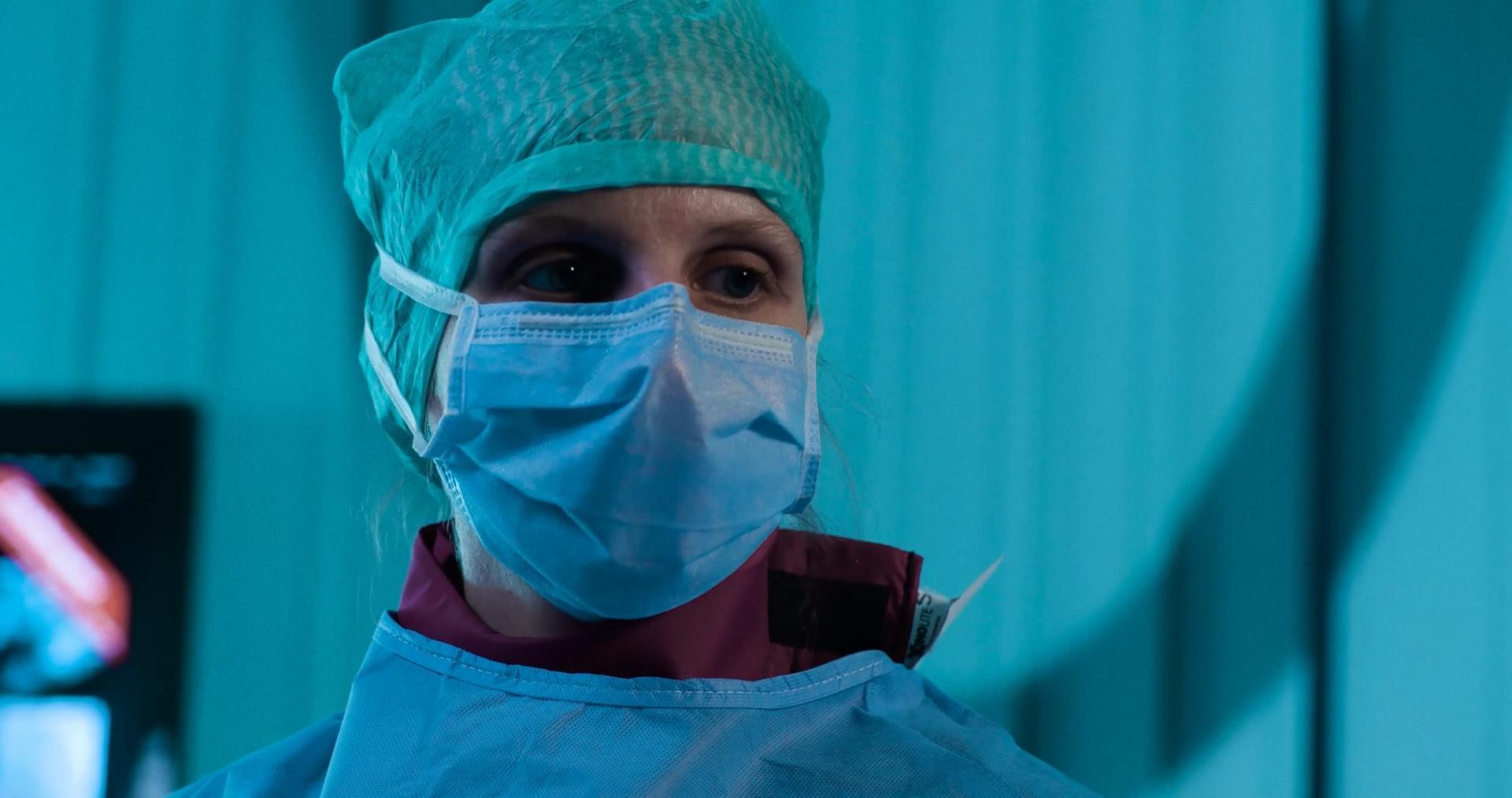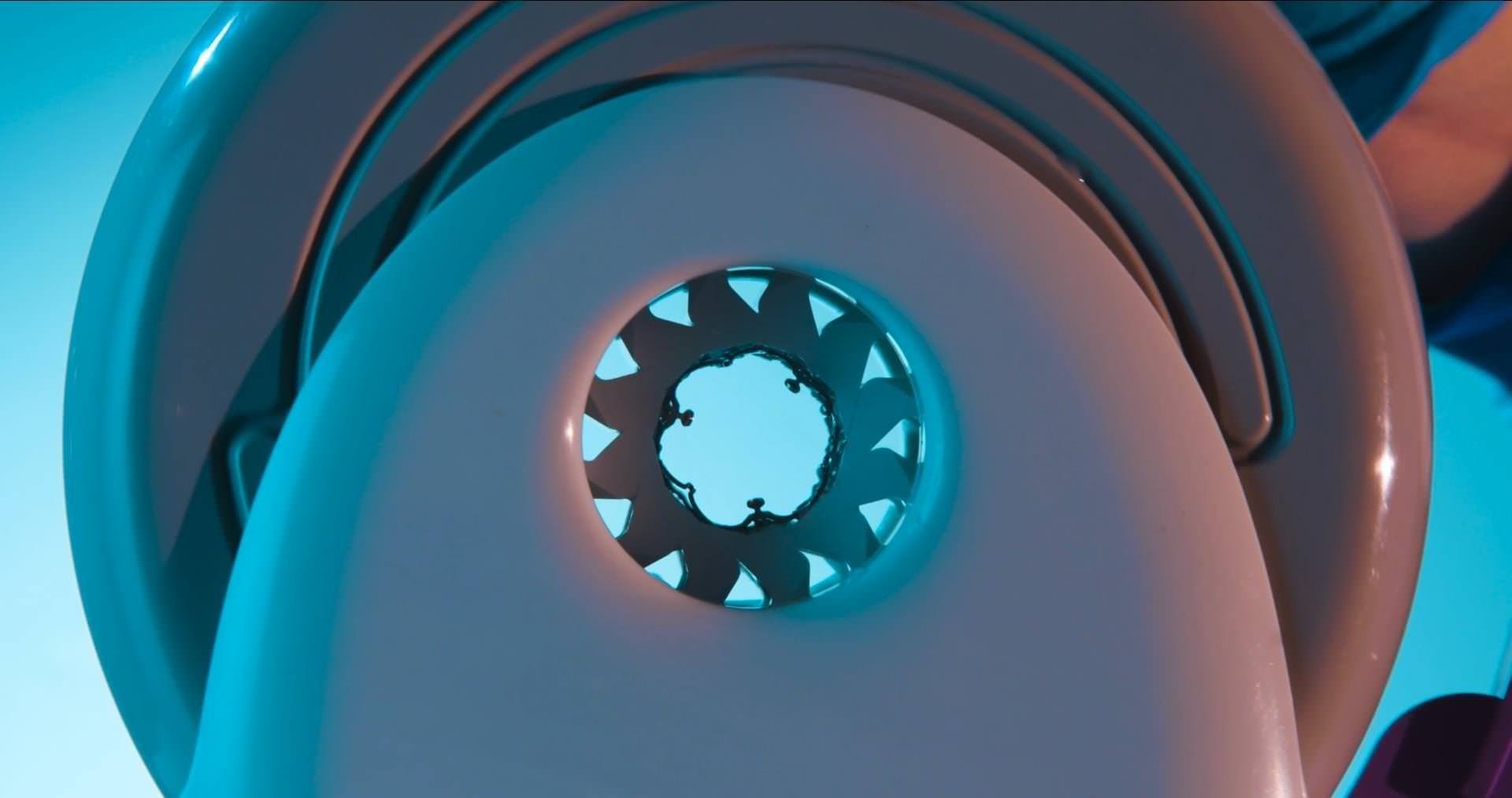Seducing the heart to repair itself
ImaValve is the result of decades of innovative fundamental research into a living heart valve that is the body’s own and lasts a lifetime. This necessitates just one operation.
Improvement for heart-valve patients
With a highly multidisciplinary approach, merging biomaterials research, in-vitro and in-silico modeling, and technological developments to preclinical studies, the ImaValve consortium aims at framing innovative solutions for the challenging research field of in situ cardiovascular tissue engineering.

In situ engineering
Heart valve disease is considered a substantial health problem worldwide. It can present itself at birth, or be acquired over the course of life in adults. Existing treatments for heart valve replacement have significant drawbacks with respect to durability. Importantly, re-operations are often required due to growth in children or valve failure. In situ tissue engineering has emerged as a promising technology to create living heart valves inside the human body by using a biodegradable synthetic material that has the potential to attract one’s own cells. Such living heart valves could last a lifetime: one valve for life. This new technology enables the creation of heart valve prostheses with off-the-shelf availability at significantly reduced costs.
Objective
A European consortium consisting of academic and industrial partners based in the Netherlands, Switzerland and Germany was formed: ImaValve (Intelligent materials for in-situ heart valve tissue engineering). We worked over four years to create a living, human aortic heart valve that can last a lifetime. The valve was designed such that it can be delivered minimally invasively, is available off-the-shelf, has the capacity to grow, remodel and repair, and can serve many patients.

The Challenge
Literally translated: heart valve of intelligent materials ('Ima'), an impactful improvement in the life of heart-valve patients that currently can only be offered either a mechanical, or animal heart valve. These implants that have to be repeatedly replaced, with all of the health risks this involves and, moreover, condemns the patient to a lifetime of having to take drugs to combat rejection, among other things. ImaValve is the result of decades of innovative fundamental research into a living heart valve that is the body's own and lasts a lifetime. This necessitates just one operation. The aim is to also use this for children with heart disease.
Results & Impact
The scientific, economic, and societal impact of this work will be visible in the short-term as well as long-term. In the developmental line, the successful step-by-step approach that led to the achievement of a functional design (valve, stent, and delivery system) was demonstrated. The remodelling potential of the material was confirmed in a small animal model, whereas safe, accurate, and repeatable implantation of the ImaValve prosthesis was demonstrated in larger animals. The regenerative potential of this valve may render it a suitable prosthesis for young adults and can become the next-generation valve replacement.
The quality of life of valve recipients is anticipated to increase as a functional valve would be provided that does not necessitate reoperations or life-long anticoagulant medication. Additionally, the device is implantable by a minimally invasive procedure and eliminates the need for and potential implications of open heart surgery. Thus, risk and costs are minimized, resulting in economic and societal benefits.


From a scientific viewpoint, this work enhanced our knowledge of the ways materials and the body components can interact with each other. The combination of laboratory work with computational and animal studies resulted in important insights and discoveries that can be extrapolated into further models, and accelerate tissue engineering research. The material platform developed in this work can also be applied in other medical fields that need flexible, biodegradable and easy-to process materials for implants.
Publications
A biomimetic microfluidic model to study signalling between endothelial and vascular smooth muscle cells under hemodynamic conditions.
Current challenges in translating tissue-engineered heart valves.
Growth and remodeling play opposing roles during postnatal human heart valve development
Off-the-shelf tissue engineered heart valves for in situ regeneration: current state, challenges and future directions
Spatial patterning of the Notch ligand Dll4 controls endothelial sprouting in vitro
Partners
ImaValve is a collaborative project funded by the European Commission under the Seventh European Framework Program. Within this consortium, leading academic and industrial partners in the field of biomaterials science and tissue engineering from The Netherlands, Switzerland, and Germany are brought together.
Team

Carlijn Bouten

Tonny Bosman

Maximilian Emmert


Georg Mathis

Martijn Cox
Coordinator
- Carlijn Bouten
- Eindhoven University of Technology
- c.v.c.bouten@tue.nl









